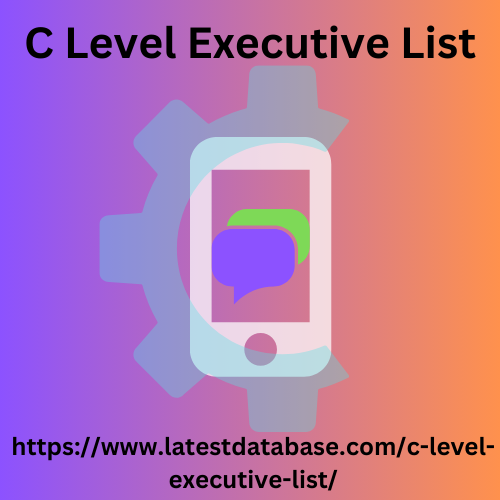|
|
Use these to guide your planning and strategizing around budgetary matters and set your team and department up for success. 1. Outline Your Sales Funnel Before diving into the numbers, take some time to step back and look at the big picture of your digital marketing funnel. What steps along the process are important touchpoints? find you and what they need to understand about the brand before they convert helps you know what activities are priorities to invest in.
2. List Your Operational Costs Operational costs are non-negotiable in a budget. These C Level Executive List costs need to be taken care of and should be set up first so you know how much budget is available for other activities. Operational costs can include website hosting, SaaS subscriptions, platform costs, or other taxes and fees. 3. Review Last Year’s or Quarter’s Results One final set-up task you’ll want to do is look into the metrics and reports from previous quarters and years.

Were the campaigns successful? Did you reach goals or receive an ROI for initiatives? If you know what worked and what didn’t, you can start to add or eliminate specific activities. 4. List Your Goals Knowing your goals for the year is crucial to allocating a budget for different activities. What do you want to achieve, and how much revenue do you need to bring in? Are you looking for leads, conversions, or sales? Having goals in place helps you understand which types of activities are most beneficial for your budget.
|
|